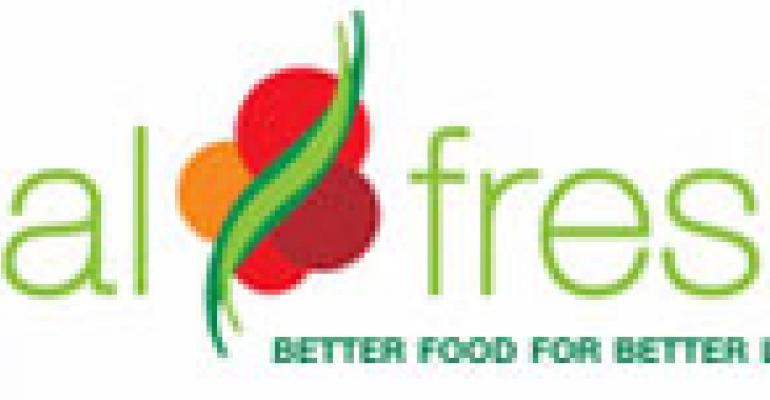
It should be a windfall of sorts for many operators in San Diego County this fall when 21,000 food stamp recipients become able to redeem their benefits for restaurant meals instead of groceries. Fast food feeders will be first in line to participate, but could full-service operators capture some of this business?
San Diego County’s Board of Supervisors voted earlier this month to allow seniors (age 60 and up), the disabled and homeless people to use their CalFresh program benefits at area restaurants. CalFresh is the program formerly known as Food Stamps (at the federal level, the working name is Supplemental Nutritional Assistance Program, i.e., SNAP). Benefits to those participating in the program are loaded on the equivalent of a debit card, a swipe of which is how they will soon pay for restaurant meals.
“Recipients of public assistance in California access their issued benefits with the Golden State Advantage EBT card,” explains the California Office of Systems Integration, which administers this part of the program. “The cardholder simply slides this card through a point-of-sale device, or uses the card at an automated teller machine. The card is convenient, secure and reduces the stigma sometimes associated with public assistance.”
It’s simple on the operator’s side, too. They can’t charge tax or add a service charge, but the government pays for each meal within 48 hours of its being sold.
San Diego won’t be the first California county to participate in the California Restaurant Meals program. It’s also available in Los Angeles, San Francisco, Sacramento, Tuolumne and Santa Clara counties. The object is to enable people who can’t cook for themselves to receive a hot meal. Ideally, it would also be a healthful meal, but Fresno County recently voted down a proposal to join this program because county supervisors felt the QSR operators who wanted to participate (Subway, Taco Bell, Pizza Hut, KFC, Long John Silver’s, El Pollo Loco) generally do not serve healthy meals.
"We all want, sometimes, something that's greasy and fatty and tastes delicious. But if we do that on a regular basis, it's not taking care of our bodies," said Fresno County Supervisor Judy Case.

It’s no wonder these QSRs wanted in. Early in 2010, El Pollo Loco’s Joe Stein told NPR that the volume produced by the California Restaurant Program was worth going after just for Los Angeles County alone “I can tell you for 2010, just the way it's trending, we wouldn't be surprised if for company and franchise stores it was over $2 million. From something that just started in August 2009, that's pretty good size growth.”
Could there be a full-service angle here? There are no restrictions on the type of restaurant that can participate. We can foresee an operator creating low-priced meal options for this market that could be sold at certain times of the day. Many bakeries, for example, have a half-off “happy hour” at the end of the day to get rid of remaining inventory; there’s no reason restaurants couldn’t create something similar. Another option would be to create meals whose price points would appeal to CalFresh cardholders.
The food stamp recipients sound like they’re ready if you are, because they don’t necessarily want to eat fast food all the time, either. “Those who wish to serve us who own small independent restaurants can sign up with the state and post a big EBT sign in the window,” suggests the By The Homeless For The Homeless blog. “If your food is good and your prices are reasonable, we will come!”
We don’t know if other states will follow California’s lead and offer a similar food stamps/restaurant meal program. But if they do, be ready with a few ideas on how participation in it could work for your full-service restaurant business.





